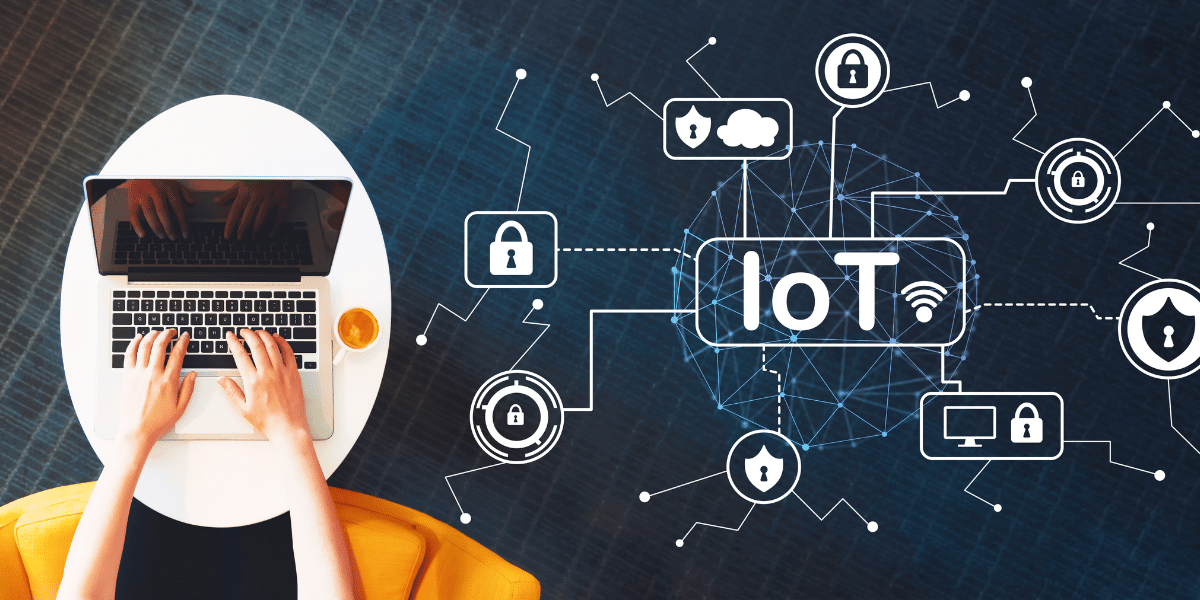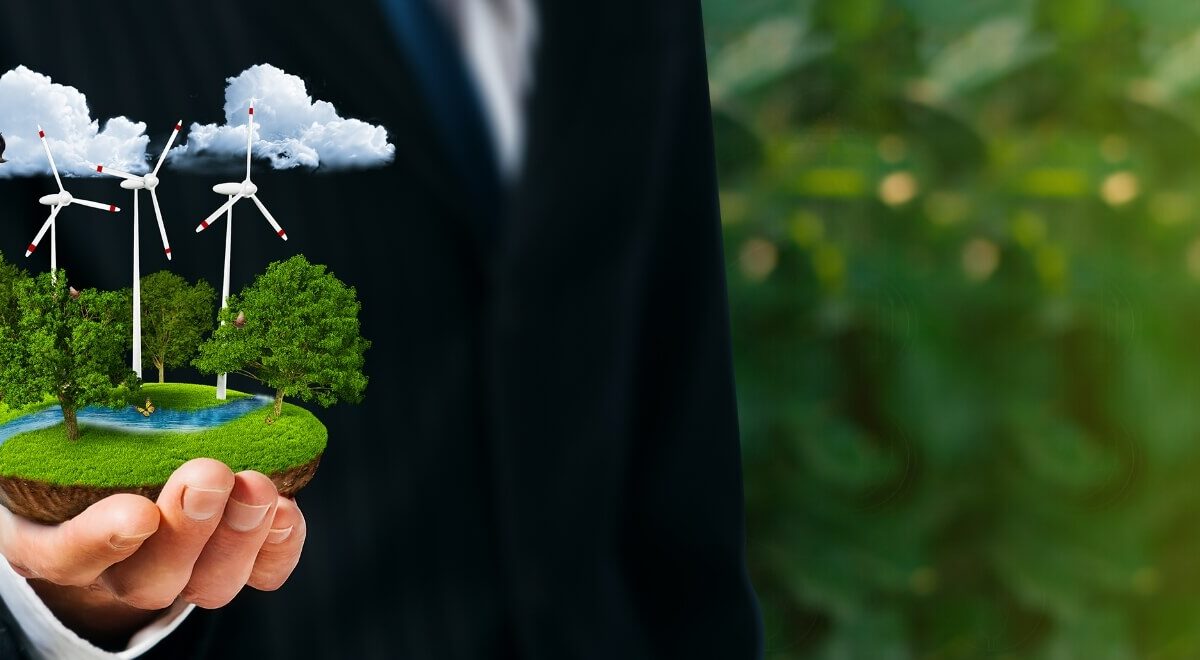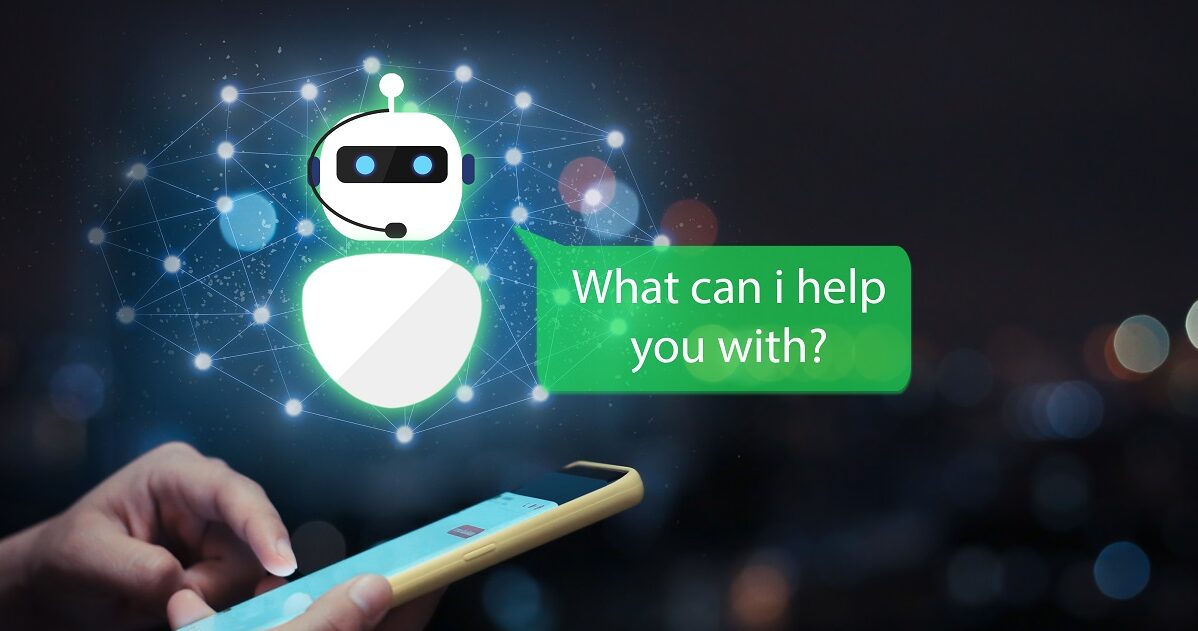
The successful warrior is the average man, with laser-like focus.
Bruce Lee
The Internet of Things (IoT) is reshaping our world, connecting devices and systems in ways that enhance our daily lives and improve efficiency across various sectors. As we progress into 2025, the proliferation of IoT devices is enabling smarter homes, healthcare innovations, and more efficient urban environments. This blog showcases some of the most compelling examples of IoT in action, highlighting how these technologies are connecting humans in a smart world.
Smart Home Systems: The Future of Living
Smart home technology has become increasingly popular, allowing homeowners to automate and control various aspects of their living spaces. From security systems to energy management, IoT devices are making homes more efficient, secure, and comfortable.
Examples of Smart Home Innovations
1. Smart Thermostats: Devices like the Nest Learning Thermostat use AI to learn user preferences and optimize heating and cooling schedules. This not only enhances comfort but also reduces energy consumption, leading to lower utility bills.
2. Connected Security Systems: Smart security cameras and doorbells, such as Ring or Arlo, provide real-time monitoring and alerts for unusual activity. Homeowners can view live feeds from their smartphones and communicate with visitors remotely, enhancing security and peace of mind.
3. Smart Lighting: IoT-enabled lighting systems allow users to control brightness and color from their smartphones or through voice commands. Systems like Philips Hue can be programmed to adjust automatically based on time of day or occupancy, improving energy efficiency.
4. Home Appliances: Smart refrigerators can monitor food inventory and suggest recipes based on available ingredients. Washing machines can be controlled remotely, allowing users to start cycles while away from home.
Connected Healthcare Devices: Revolutionizing Patient Care
In the healthcare sector, IoT devices are transforming patient monitoring and management. These connected technologies enable healthcare providers to deliver more personalized care while improving patient outcomes.
Key Innovations in Connected Healthcare
1. Remote Patient Monitoring (RPM): Devices such as wearable heart rate monitors or glucose sensors allow patients to track their health metrics in real-time. Data collected can be shared with healthcare providers for continuous monitoring, enabling timely interventions when necessary.
2. Telehealth Solutions: IoT facilitates telemedicine by connecting patients with healthcare professionals through video consultations and remote diagnostics. This has become particularly vital during the pandemic, allowing patients to receive care without needing to visit a clinic physically.
3. Smart Pill Bottles: These devices remind patients when to take their medication and can alert caregivers if doses are missed. This innovation improves medication adherence and helps manage chronic conditions effectively.
4. AI-Powered Health Analytics: By integrating AI with IoT devices, healthcare providers can analyze vast amounts of patient data to identify trends and predict potential health issues before they arise.
Smart Cities: Enhancing Urban Living
The concept of smart cities is gaining traction as urban areas seek to improve infrastructure efficiency and enhance residents’ quality of life through IoT technologies.
Examples of IoT in Smart Cities
1. Traffic Management Systems: IoT sensors installed on roads can monitor traffic flow in real-time, allowing cities to adjust traffic signals dynamically and reduce congestion. This not only improves travel times but also lowers emissions from idling vehicles.
2. Smart Waste Management: Connected waste bins equipped with sensors can notify waste collection services when they are full, optimizing collection routes and reducing operational costs.
3. Public Safety Solutions: IoT-enabled surveillance cameras equipped with AI can analyze video feeds for suspicious activities, enhancing public safety efforts without infringing on privacy rights when implemented responsibly.
4. Energy Management: Smart grids utilize IoT technology to monitor energy consumption patterns across the city, enabling better resource allocation and reducing energy waste.
Conclusion
As we embrace 2025, the Internet of Things is fundamentally changing how we interact with our environments—both at home and in broader urban contexts. From smart home systems that enhance convenience and security to connected healthcare devices that improve patient care, IoT innovations are paving the way for a more interconnected world.These advancements not only foster greater efficiency but also promote sustainability by optimizing resource usage across various sectors. As technology continues to evolve, the potential for IoT to enhance our lives while addressing global challenges is boundless. The future is indeed bright as we connect humans in a smart world powered by the Internet of Things.



